Leads Generate
Leads Generate Table of Contents
- Lead Generation
- What is a lead?
- Marketing Qualified Lead (MQL)
- Sales Qualified Leads (SQL)
- Product Qualified Lead (PQL)
- Service Qualified Lead
- Meaning of Leads Generation
- The Process of Lead Generation
- Lead Generation Marketing Channels
- Content
- Ads and Retargeting
- Social Media
- Referral Marketing
- Avoid Buying Leads
- Lead Generation Verdict
- Overview of Leads Generate
- Best Ecommerce Solution by Rating
- Best Ecommerce Solution by Price
- Best Ecommerce Solution by Rated Features
- Check Your Ecommerce Solution Offers Round The Clock Support
- Make Sure Your Ecommerce Solution Offers The Features You Need
- Best Ecommerce Software Solution Verdict
- Ecommerce Software Frequently Asked Questions
- What is the best Ecommerce Solution?
- What is the cheapest Ecommerce Solution?
- Is there a free Ecommerce Solution?
- View all of the top Ecommerce Software Solutions
- Ecommerce Alternatives
- Ecommerce VS Side by Side Comparisons
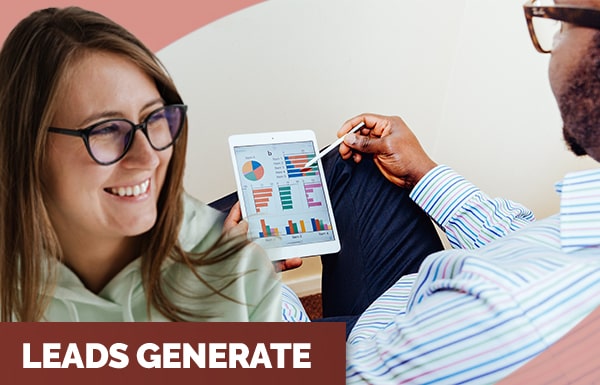
Lead Generation
What is a lead?
A lead can be seen as any person or entity that expresses an interest in your products or services in some way.Usually leads should hear back from a company after starting up a conversation and providing some personal information for a trial or subscription, etc.
Leads are included in the consumer funnel, where visitors become customers after the initial stage of just being aware of the brand. Leads are classified according to how qualified they are and what stage of the consumer funnel they are in. Here are the main types of leads.
Marketing Qualified Lead (MQL)
These leads are the result of marketing. However, these leads are not yet ready to buy your product and are not yet open to receiving a marketing call encouraging them to buy.
For example, these are people who have merely filled in a basic form to receive an initial offer.
Sales Qualified Leads (SQL)
These are prospects who have expressed interest in your product and may very likely become a paying customer.
For example, people who have filled in a form that involves asking a question about a particular product or service.
Product Qualified Lead (PQL)
Here you deal with people who have actually used your product and have expressly indicated that they are ready to become a paying customer.
For example, when a user tries a trial version and after that starts asking for more information about paid plans.
Service Qualified Lead
These are the customers who have communicated with your customer service and indicated that they want to buy a product or a service.
Meaning of Leads Generation
Lead generation includes the processes of attracting prospective clients and strangers and transforming them into people who have an interest in your products and services. You can use different lead generation tactics and strategies such as blog posts, discounts, coupons, etc.
The Process of Lead Generation
Here are the steps of the lead generation process.
- In the first step, a visitor finds your company through a marketing channel (which is implemented by your marketing specialists), for example the website of your company, social network page or blog.
- In the second step, the same visitor presses a call-to-action button, image or anything else, which motivates him to take positive action.
- In the third step, the call-to-action (used in the second step) takes the visitor to a specific landing page. This landing page is a webpage designed to collect lead information by offering something. This can be an Ebook, a course and so on.
You should keep in mind that in this step you have to offer the visitor something which has a value for him, in order to convince them to provide you with their personal information.
If your customer fills out the form, the lead generation process for this particular customer is at its end.
Lead Generation Marketing Channels
We can conclude that the most important part of the process is being able to get a customer to the landing page and convincing him to provide his data. That means you need to promote your landing page. There are different marketing channels for promoting your landing page. Here are some examples:
Content
This is a very efficient way to promote your landing page. Usually, the aim of content is to provide readers with free, useful and interesting information. You can place CTAs in your content and if your readers are interested in content, they will probably click on the CTA and end up on your landing page.
Ads and Retargeting
The purpose of an advertisement is to make people take action. Be sure to match your advertisement with your landing page and your specific offers. You have to offer your visitors everything you promised in your ad.
Social Media
Making use of social networks is a relatively easy method of guiding people to take a action. For example, you can build a swipe up option or use Facebook bio links. Besides, you can make numerous posts related to your offerings and include CTA buttons.
Referral Marketing
Referral marketing is also called word-of-mouth. Referral marketing helps you spread information about your brand among more people, which surely increases the probability of you collecting more leads.
Avoid Buying Leads
There is one more option when it comes to lead generation, and that is buying leads. Although buying leads is easier and less time consuming compared to organic lead generation, it has many disadvantages, in particular:
- It is more expensive than using organic lead generation methods
- Almost always, those leads do not actually recognise your brand. So, many of them will not become a paying customer at the end of the day.
- The messages that you will send them may be unwanted and they can always just ignore your emails.
- Moreover, those leads may flag your emails as spam, which is very dangerous for you and your business.
Lead Generation Verdict
To conclude, you should be careful when implementing your lead generation strategy, in order to avoid taking unnecessary steps and to make sure that you use all your marketing channels efficiently.
Scroll down to read our indepth Ecommerce Platforms guide. What you should know, Ecommerce Platforms features, price plans and support. Pros and Cons of Ecommerce Platforms as a ecommerce, everything is explained below.
Overview of Leads Generate
Shopify is a software company that specialises in ecommerce software for small to enterprise level businesses.
Shopify is listed as the best ecommerce software related to Ecommerce Platforms. Shopify was founded in 2006 in Ottawa, Canada and currently has over 6,124 employees registered on Linkedin.
Best ECOMMERCE Solution By Rating
Get our stories delivered
From us to your inbox weekly.
 Shopify
Shopify
 Shopify Plus
Shopify Plus
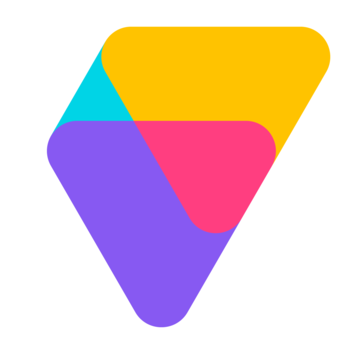 Volusion
Volusion
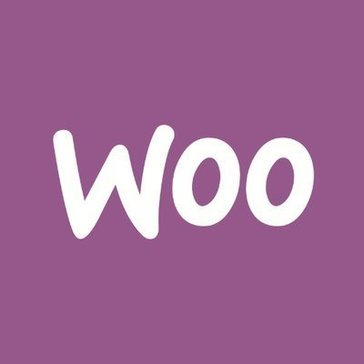 WooCommerce
WooCommerce
 3dcart
3dcart
 Big Cartel
Big Cartel
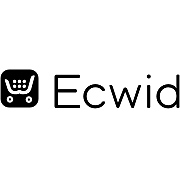 Ecwid
Ecwid
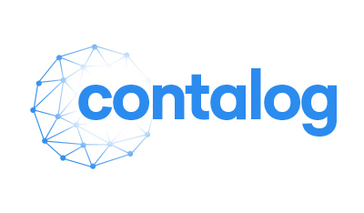 Contalog
Contalog
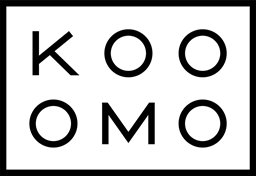 Kooomo
Kooomo
 Ecomchain
Ecomchain
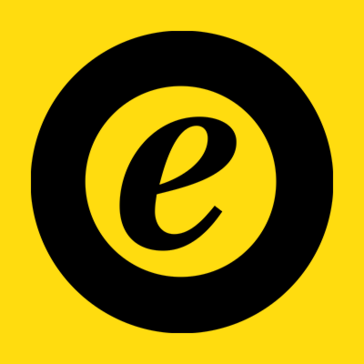 Trusted Shops
Trusted Shops
 PayMotion
PayMotion
 PayKickstart
PayKickstart
 Upclick
Upclick
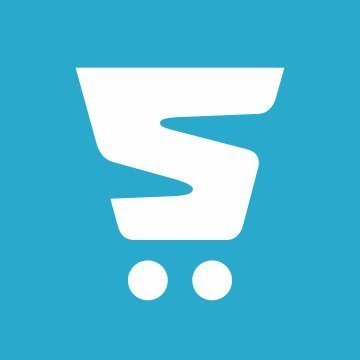 Storbie
Storbie
 Nexternal eCommerce Platform
Nexternal eCommerce Platform
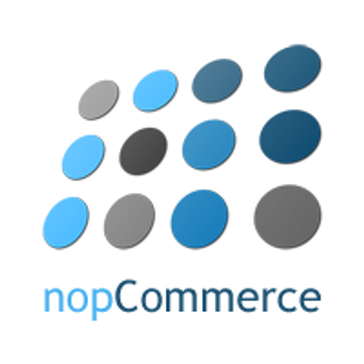 nopCommerce
nopCommerce
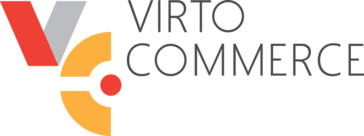 Virto Commerce
Virto Commerce
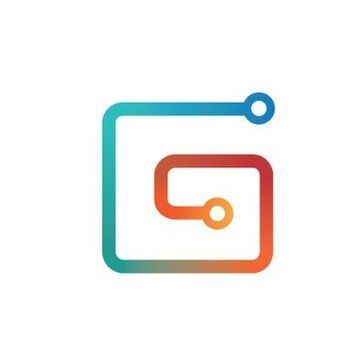 Gumroad
Gumroad
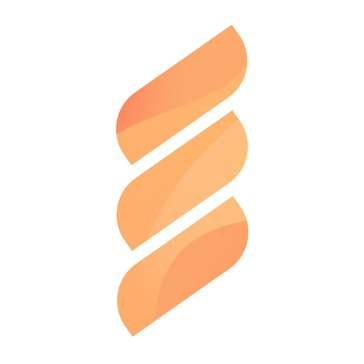 FastSpring
FastSpring